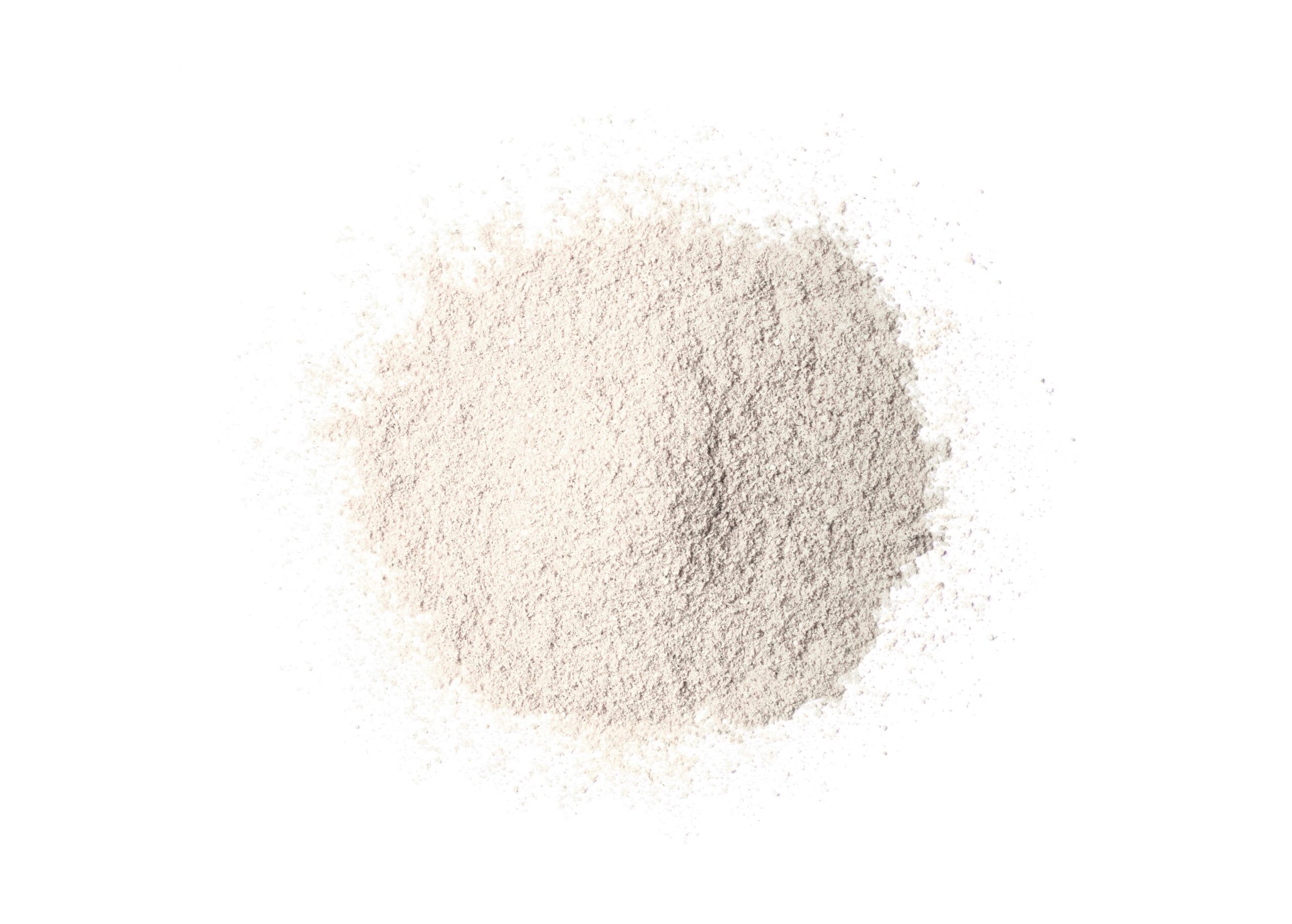
Children with chronic kidney disease (CKD) are commonly encouraged to limit fruit and vegetable intake to avoid hyperkalemia. However, according to Amina El Amouri and colleagues, there are few data with direct evidence to support that widespread practice; further, the resulting restriction of fiber exposure is associated with deprivation of the potential health benefits associated with fiber exposure.
The researchers conducted an analysis to examine the associations between dietary potassium intake, fiber intake, and serum potassium in pediatric CKD. Results were reported online in Pediatric Nephrology [doi:10.1007/s00467-021-05365-5].
The longitudinal analysis examined data from a 2-year, prospective, multi-institutional study that followed children with CKD at 3-month intervals. At each visit, 24-hour recalls and 3-day food records were used to assess dietary potassium and fiber intake. At the same visit, serum potassium concentrations were determined. Linear mixed models were used to examine the associations between dietary potassium intake, dietary fiber intake, and serum potassium concentrations.
The analysis included data on 52 patients (7 transplant patients; none on dialysis), with a median age of nine years (range, 4-14 years) with an estimated glomerular filtration rate (eGFR) of 49 mL/min/1.7 m2 (range, 25-68 mL/min/1.73 m2). For every gram per day decrease in dietary potassium intake, the estimated mean daily fiber intake was 5.1 grams lower (95% confidence interval, 4.3-5.9 g/day; P<.001).
In a model adjusted for time point, eGFR, treatment with a renin-angiotensin-aldosterone system blocker, serum bicarbonate concentration, and body surface area, there were no associations between dietary potassium (P=.40) or dietary fiber (P=.43) with circulating potassium.
In conclusion, the researchers said, “Dietary potassium and fiber intake are closely related but were not associated with circulating potassium levels in pediatric CKD.”







 © 2025 Mashup Media, LLC, a Formedics Property. All Rights Reserved.
© 2025 Mashup Media, LLC, a Formedics Property. All Rights Reserved.